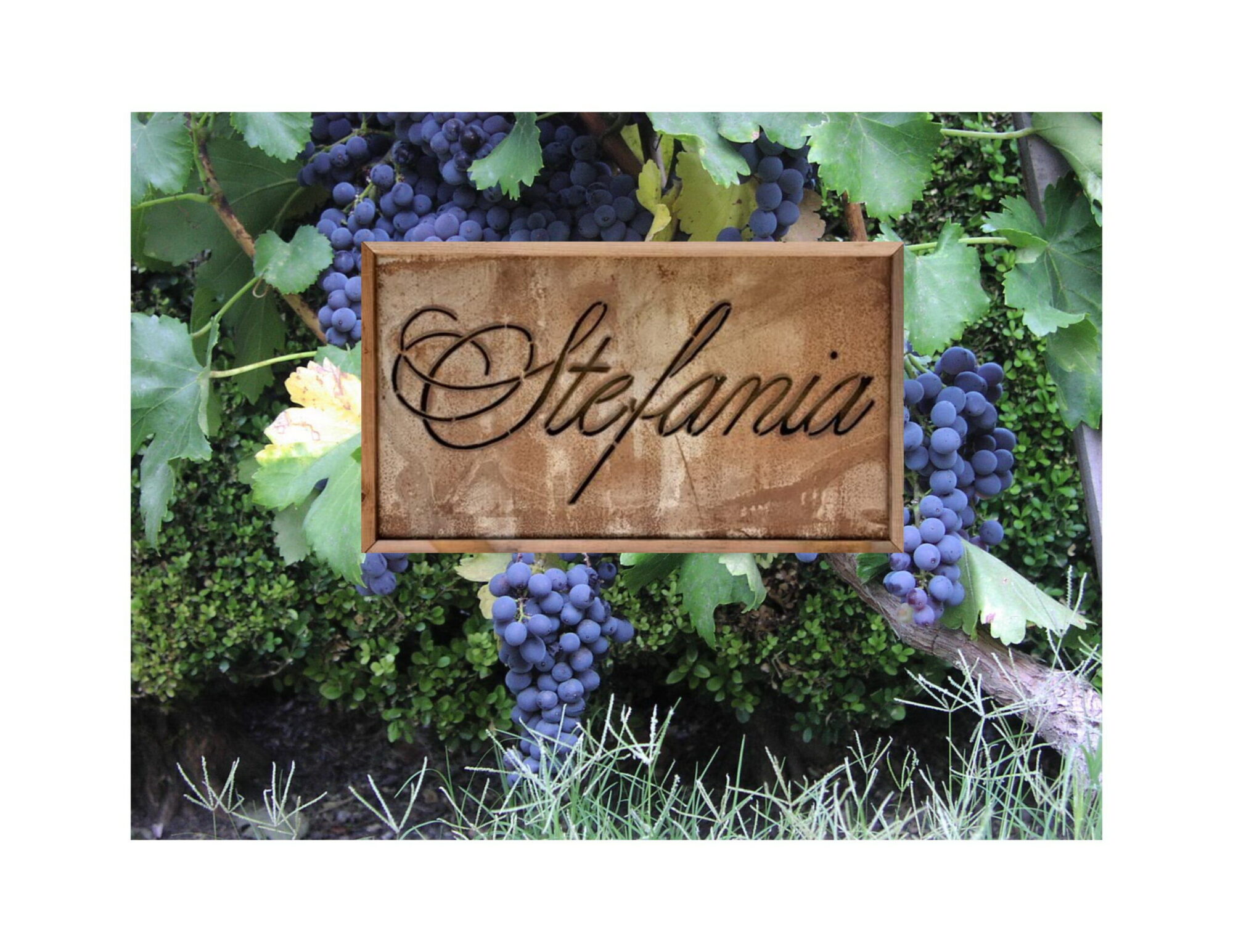For the last few weeks Rachel and Jerry have been busy in the vineyards with what I always think of as the last work of Spring. After flowering has finished in the vines they need to be tucked up into the wires and extra shoots thinned out.
It’s not really hard work, or too technical, but it is critical to get us through the summer. The tucking will allow us to do some logistical things like get the tractor up and down the rows, and hang bird netting. Most important though it allows the sun to start working its way on to the new little grape clusters.
The simple way to think about the suns effect is that heat creates sugar, light creates flavor. That’s the reason for the thinning. Fewer clusters and shoots means that the heat of summer will concentrate on the remaining clusters. In many parts of California that’s not a huge deal as sugars get plenty ripe. But for our vineyards at high altitudes we can go into late October to get up to 13-14% potential alcohol.
The thinning also exposes the clusters to light. Not direct light, what we are after is dappled sunlight. Too much light and the flavors will get ‘baked’ or over ripe. Too little light and they will be ‘green’. This is of particular concern at Chaine d’Or which can have green bean and bell pepper flavors in the Cabernet into early October.
It’s really a balancing act. We want to leave enough leaves and shoots to get the alcohol ripe, but not too ripe, and we want to get the flavors past the green stage, but not get them to the baked or stewed stage. If we’ve done a good job now, it will show in the wine in bottle with good body in the wine, but no alcohol burn, and fruit flavors with complex notes.
There’s really not a lot you can do once the grapes are in the winery to get those things right, you have to do the work right now, in the late spring and early summer. Get it right now, and the wine will just need looking after in barrel and not ‘fixing’ later.
